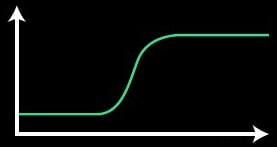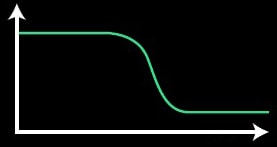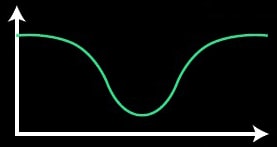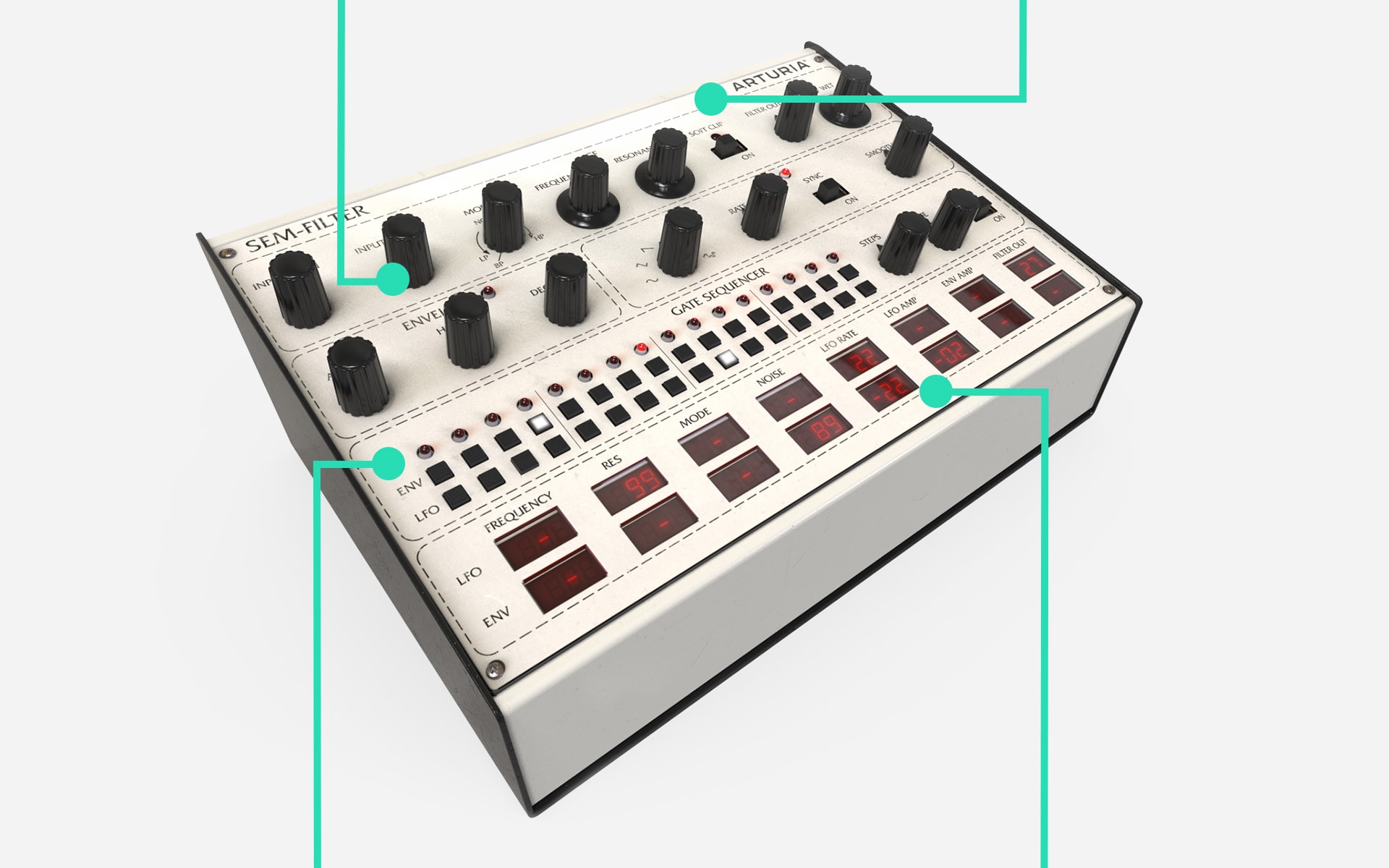You're currently on:
Combining simplicity with pure tone-shaping power, SEM-Filter is a futuristic twist on a classic synth filter.
Renowned for its pioneering technology in the 70s, we paid tribute not only to its sound but also the SEM’s reputation as a trailblazer. Using the meticulous modelling techniques, and by adding exciting new features, we have created a true modern classic audio filter.
No longer confined to a synthesizer, you can now use the era-defining filter tone of Tom Oberheim’s cult synth module on any audio source you wish. Process acoustic instruments in your DAW, shape vocals, perform sweeps on your whole mix, create builds, rises, and drops, even use it to improve a soft-synths stock filter.
SEM-Filter is a must-have creative tool for any modern musician.
Simple, but stunningly effective
The original SEM, or Synthesizer Expander Module, was one of the world’s first all-in-one synth packages.
Created to expand the capabilities of other synths, it could serve many purposes. Adding polyphony, fattening up their sound, and performing sequences in a supporting role to a main synth were all familiar roles for SEM.
One of the most remarkable modules on the SEM was its VCF. The 12dB per octave multi-mode filter helped define the sonic identity of Oberheim’s popular 70s synth, because it shaped a diverse range of sounds that were almost impossible to get on other synthesizers. SEM-Filter not only carefully models the crossfadable modes of the filter - low-pass, high-pass, notch and band-pass, but also expands its functionality and features to create a great-sounding, versatile filter plugin that you’ll want to use on every track you create.
“But what does a filter actually do?”
For many music producers and electronic musicians, filters are an essential part of their sound and creative process. Put simply, filters cut or boost certain sound frequencies, letting you control the tonal ‘shape’ of audio.

For example, if you had a vocal recording that you wanted to remove some low, bassy rumbles from, you could use a high-pass filter.

A low-pass filter could be used in the same way, but to remove unwanted high frequencies; maybe to tame particularly zingy cymbals or hi-hats in a drum recording.

Notch filters can pinpoint certain frequencies and either boost or cut them; one great use for these is to find and remove clothy, unwanted mid-range resonance from recordings of acoustic instruments.
Originally developed to remove broadcast noise and make the most of radio bandwidth, nowadays filters are an essential creative tool for music professionals.

Hear the creative potential of SEM-Filter, and be inspired
We’ve created a few audio demos to let you hear the power of this awesome, versatile filter; examples that will hopefully fire your creativity and spark your imagination.
Although we’ve kept the fun, instant, and accessible design of the original synth alive in SEM-Filter, we’ve also included dozens of presets for you to be inspired by. Created by our award-winning sound design team, each one has been crafted to show off the best elements of SEM-Filter, and are instantly usable in your tracks. You’ll also find they’re a great starting point for creating your own unique filter sounds and effects.

Vintage tone combined with powerful contemporary features
Bringing that inimitable SEM filter tone back to life is a miracle in itself, but we wanted to push the envelope. Pun intended.
Able to bring another dimension to whatever audio source you choose, the story of our reworked SEM architecture started in 2012, when we released SEM V; our analog modelled, virtual emulation of the classic. Through component analysis and the advanced techniques of our TAE technology, we were able to reproduce not only the filter, but every aspect of the original instrument in software. A hit as part of our V Collection, we couldn’t help but wonder what SEM’s filter would be capable of as a standalone plugin.
Once we isolated its VCF, we added some contemporary functionality that launch this iconic filter straight into the 21st century. Every aspect of SEM-Filter, including all of the modern additions, are all controllable via MIDI CC, so should your DAW allow it, you’ll be able to control and perform using SEM-Filter in your live sets, too! Speaking of the additions, let’s take a look at what we added to this cult synth icon:
Noise Oscillator
The effect of any filter becomes more dramatic when you add noise, so we included a noise oscillator to let you add as little or as much as you like to your signal.
Soft clipping
The original SEM circuitry could be driven into saturation with the right settings, and we’ve made the process even easier. Turn soft clipping on, and push the input gain, and you’ll get some sweet analog saturation.

Gate sequencer & mod sources
The new, easy to program gate sequencer lets you trigger or retrigger the envelope and LFO mod sources. This can be used to create vibrant, animated filter sequences, or subtle, undulating effects.
Simple Mod Matrix
To add a little bit of creative versatility to SEM-Filter, we included a concise modulation matrix, letting you get creative and explore sound design potential never possible with the original.
Load up your DAW with plugins you’ll actually use
Declutter your plugin library, speed up your selection process, and improve your workflow. Our selection of superb plugins bring you the sound-shaping power of history’s finest music gear into your digital studio, letting you enjoy half a century of inspirational analog effects in a modern, digital, creative environment.
Our software plugins also have outstanding compatibility, and are available in VST, AU, and AAX formats so no matter your DAW of choice, you’ll be able to enjoy awesome Arturia sound-shaping.
Pro Tools
Logic Pro X
FL Studio
Bitwig
Cubase
Ableton Live
Digital Performer
Studio One
Main Features
Dry/Wet setting
Filter output volume setting
Additionnal noise oscillator for feeding the filter with rich spectral content
Soft clipping circuit modeling
Attack / Hold / Decay envelope
Low Frequency oscillator5 waveforms + Sample and Hold mode
Can be synchronized with DAW’s clock
Smooth parameter
Gate sequencerProgram trigs / retrigs for the envelope and LFO to create rythmic content
Up to 16 steps
Can be synchronized with DAW’s clock
Modulation matrixEnvelope and LFO as sources
8 destinations for extended sonic possibilities
40 presets from top sound designers
State-of-the-art TAE® analog modeling
Platform specifications

1GB free hard disk space
OpenGL 2.0 compatible GPU

1GB free hard disk space
OpenGL 2.0 compatible GPU
Required configuration
VST 2.4 (64-bit), VST 3 (64-bit), AAX (64 bits with PT 11), Audio Unit (64-bit).




| Variant | 1 |


























